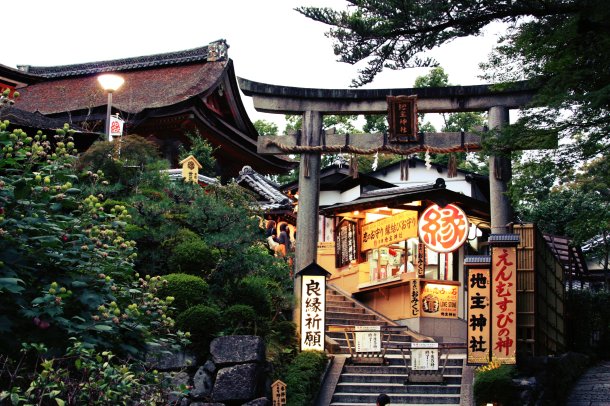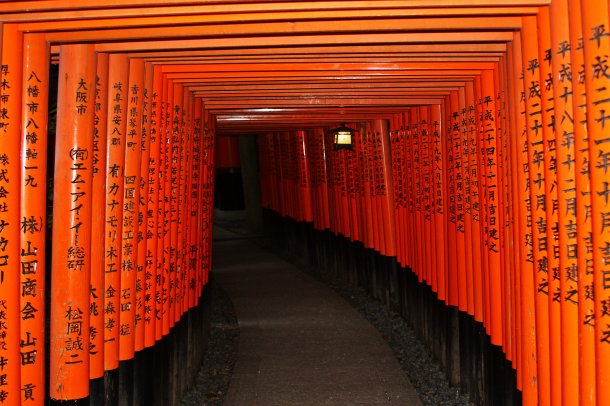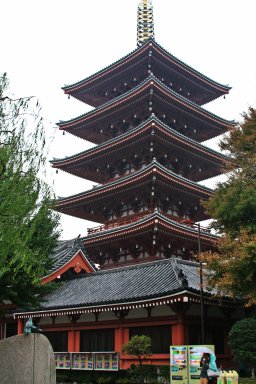Tokyo is one of our favorite cities in the world and a must-see while you are in Japan. Tokyo offers the perfect combination of culture with the benefits of a large cosmopolitan city – great restaurants, shopping, outstanding public transportation, and nightlife. Tokyo will not leave you disappointed and you will leave the city wanting to come back for more.
In order to be able to experience Tokyo at its fullest, you will need to spend at least one week in Tokyo. Below is great one week itinerary of top places to visit while you are in Tokyo. Please note you will also need some time at the beginning of your trip to get adjusted to the time difference depending on where you are coming from.
Day 1
Shibuya
Shibuya is known for its famous pedestrian scramble, which you will experience upon exiting the Shibuya Station. This district is also known as one of Tokyo’s most popular fashion districts for the shopping places around Shibuya Station, as well as the nightclubs and restaurants in the area.
Meiji Shrine
A visit to Tokyo would not be complete without seeing the Meiji Shrine and the gardens surrounding it. Meiji Shrine is dedicated to Emperor Meiji and is located beside the Harajuku Station on the JR Yamanote Line.
Omotesando
Omotesando, which is often referred to as Tokyo’s Champs-Elysees, is a scenic tree lined avenue known for its stores, restaurants, and cafés. Be sure to walk around the small alleys for some amazing restaurants and cafés.



